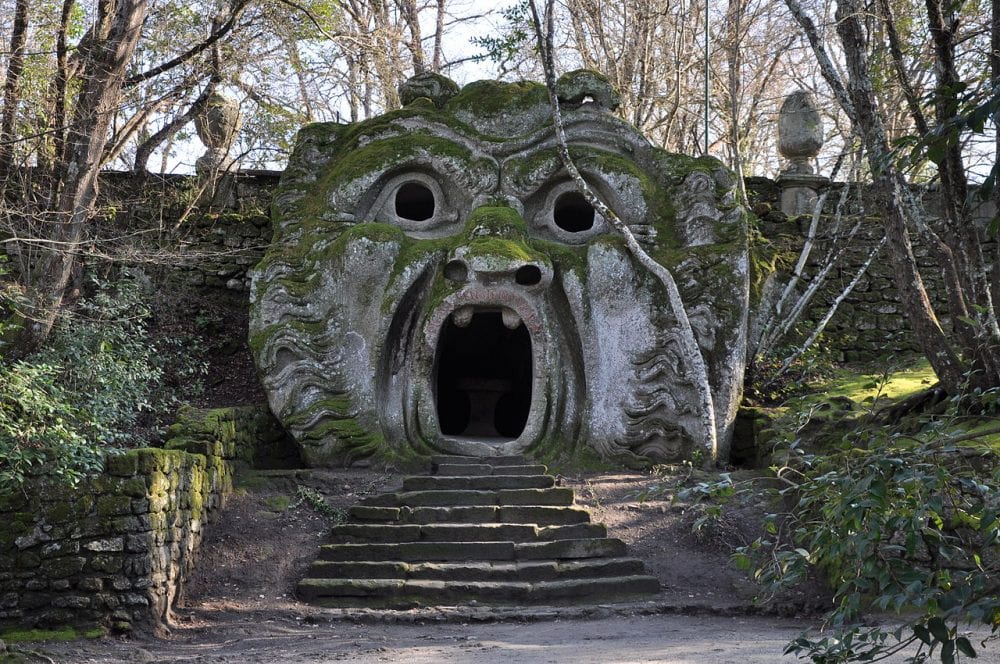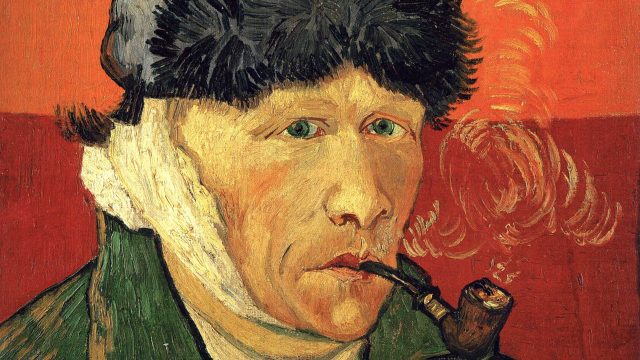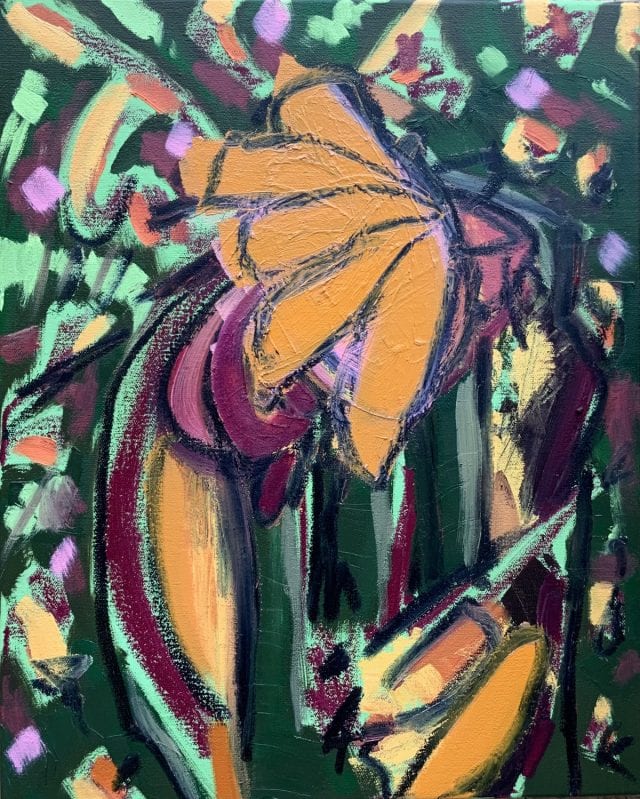Wang Du Image retouchée, 2015 Resin Photo @ Domaine de Muy
Public Sculpture Gardens: Merging the Boundaries of Art and Nature

Art is often perceived to be an indoor viewing experience, most commonly associated with museums and galleries – yet some of the best art is immersed in nature. Dynamic natural landscapes can be transformed into awe-inspiring immersive experiences when the monumental sculpture is thrown into play.
This is, of course, the concept of sculpture gardens – a showcase of imposing installations, striking a delicate pose between a sense of belonging to and being disconsonant with the natural world. Public sculpture gardens have a long history, where artists and collectors have created a unique artistic hybrid – obsessively folding nature and art into a singular vision of the world.
Unconstrained by the limits of a canvas, walls and ceilings, artists’ larger-than-life visions can become realities by merging their creations with the great outdoors. Allowing their work to engage directly with the environment, these sculpture gardens can create a serene and powerful yet contemplative and interactive experience for the visitor.
While some sculpture gardens are embedded in historical legacy, they are typically focused on modernist and contemporary artists, offering a striking juxtaposition against their subtle surroundings in nature. There are many examples of this powerful visual experience right across the world.
Bombarzo, Italy
Situated north of Rome is a more original example of a public sculpture garden and one of the most eccentric creations of the 16th century. Known today as The Park of the Monsters, the park features gargantuan grotesque statues and features carved into the bedrock, set in a wooded valley below the castle of Orsini. Commissioned by the wealthy condottiero and art patron Pier Francesco Orsini, and designed by architect Pirro Ligorio, the bizarre collection gained recognition in the 1950s, when Salvador Dalí made a short film about the park, prompting a restoration of the grounds after years of neglect.

Photo © Ben Skála CC BY-SA 3.0
Hakone Open Air Museum, Japan
Besides its spectacular views of Mount Fuji, Hakone is also home to Japan’s first open-air art museum. Opened in 1969, the museum intends to create a harmonious dialogue between art and nature. It boasts a large collection of works by British master Henry Moore and 100 other works of modern and contemporary sculpture by Japanese and international artists. Some installations offer an immersive experience where visitors can interact with the art through movement and touch, such as the visually impressive ‘Woods of Nets’ created by Tezuka Architects and Toshiko Horiuchi. It features an all-wooden pavilion with a colourful knitted structure on which children can climb, crawl, and jump – offering an opportunity to engage with the art in a meaningful way.
Domaine de Muy, France
Located in Provence near St Tropez and Nice, the Domaine du Muy is a sculpture park dedicated to contemporary artists’ exhibition. It was established in 2014 as a lifelong dream of founder and former art-dealer Jean-Gabriel Mitterrand. The gated estate – only open to the public by prior appointment – presents monumental works of an architectural theme, nestled in the heart of nature amongst oak and pine forests that extend over hundreds of hectares. With pieces by the likes of Claudia Comte, Simon Lamunière, and India Mahdavi, each of the park’s works is set in unspoiled nature and displayed in a way that fits with the environment. One such example of this blending of art and nature is Yayoi Kusama’s Narcissus Garden, comprising 1,600 stainless-steel spheres floating on the surface of a shallow pond.

Doot II, 2003-2009
Cast aluminium/ Exemplaire N° 2/3 / Artwork presented in 2019 – 2020
Photo © Domaine de Muy
Storm King Art Center, New York
Established in 1960 to showcase the majestic paintings from the Hudson River School movement, the Storm King Art Center spreads over 500 acres of land and is just one hour north of New York City. Its collection of more than 100 contemporary sculptures dotting a dramatic landscape of pastoral hills, breathtaking vistas, and tranquil ponds is often regarded as the strongest in the United States. The park features artworks by an esteemed roster of artists such as Henry Moore, Andy Goldsworthy, Alexander Calder, Sol LeWitt, Barbara Hepworth, and Roy Lichtenstein. In addition to the permanent collection, the sculpture park features rotating exhibitions throughout the year.

Mozart’s Birthday, 1989 / Steel
© Mark di Suvero, courtesy of the artist and Spacetime C.C.
Photo by Jerry L. Thompson
Yorkshire Sculpture Park, England
Founded in 1977 by Executive Director Peter Murray CBE, the Yorkshire Sculpture Park was the first sculpture park in the UK and is the largest in Europe. Set within the 500-acre, 18th-century Bretton estate, the park showcases an elaborate array of sculptures from British and international artists, including bronzes by classic modernists such as Henry Moore, Barbara Hepworth and site-specific works by Andy Goldsworthy, David Nash and James Turrell. It’s an impressive example of where art meets nature in a rich and varied landscape, offering an accessible visual appreciation for all.

Bag of Aspirations
Photo © Yorkshire Sculpture Park




